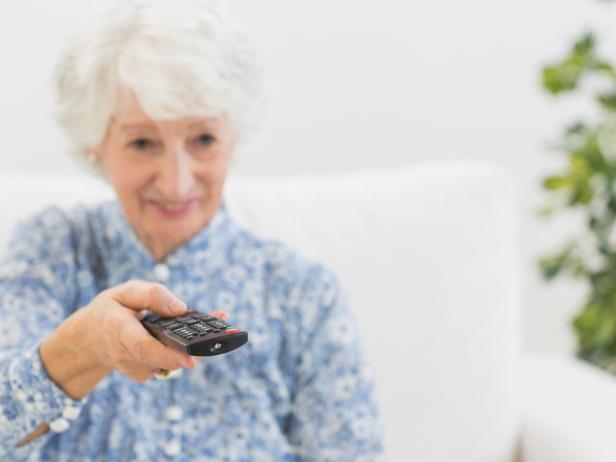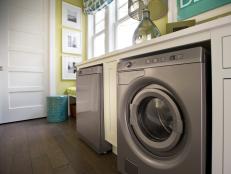Aging in Place Home Technologies

Wavebreakmedia Ltd
Seventy-eight million baby boomers are becoming seniors (age 65) at the rate of 10,000 per day, and not surprisingly, most of them want to do it from the comfort of their own home, says a recent study by Laurie Orlov, principal analyst for Aging in Place Technology Watch. Technology can help, whether it's something as simple as a door sensor or as sophisticated as a complete home automation/security system. "If an older adult is alone at home, enters a room and does not return past the sensor, an alert is sent to a family member or other predefined organization, thus enabling an attempt to contact the older adult, and, if no answer, to dispatch help," Orlov explains.
A Certified Aging in Place Specialist can retrofit your loved one's home with a robust security system, which, according to Susan Keel, Certified Aging in Place Specialist and business development manager of Advanced Communication Specialists, can be had for approximately the same cost as one month in an assisted living facility. With a system like this, you can remotely log in on a smartphone or the Internet, and, via the devices connected to the system, monitor your loved one's activities.
Better yet, these types of home-automation security systems are not exclusively designed for caregiving functions, meaning they can be used to do other slick things, like control your lights, entertainment, whole-house music and more. "Not only can lighting control create moods in a room, it can be used for pathway lighting and emergency or panic modes via remote controls and touch panels. Pathways can be created with dimmed lights to the kitchen or bathrooms for elders who are up during the night," says Anika Ruff, project manager of Electronic Systems Design. Likewise, remote surveillance cameras allow you to see not only if your mom or dad is at home and safe, but check to see if your kids got home from school or if your home's secure while away on vacation.
Keel takes us through a typical aging-in-place scenario: You'll know when Mom gets out of bed thanks to a pressure-sensitive mat on the floor by the bed. You can tell if she takes her medicine because the medicine cabinet has a door contact, letting you know when it has been opened and closed. A heat sensor indicates that the stove is off, while door contacts tell us the fridge is closed, and the front and rear doors have not been opened.
"If your mom strays from her normal pattern of living, you'll be alerted," says Keel. "What I love about this is it gives her the dignity to live longer, privately, in her home, but satisfies the caring curiosity of family members. It helps to keep people in their homes longer and gives great peace of mind for those who care." Sensor- or threshold-based monitors, like those from Care Innovations, Independa and GrandCare, are great options for monitoring your parents from afar. Care Innovations' Quiet Care, for example, uses motion sensors to learn daily activity patterns and sends alerts to help caregivers respond to potentially urgent situations.




































